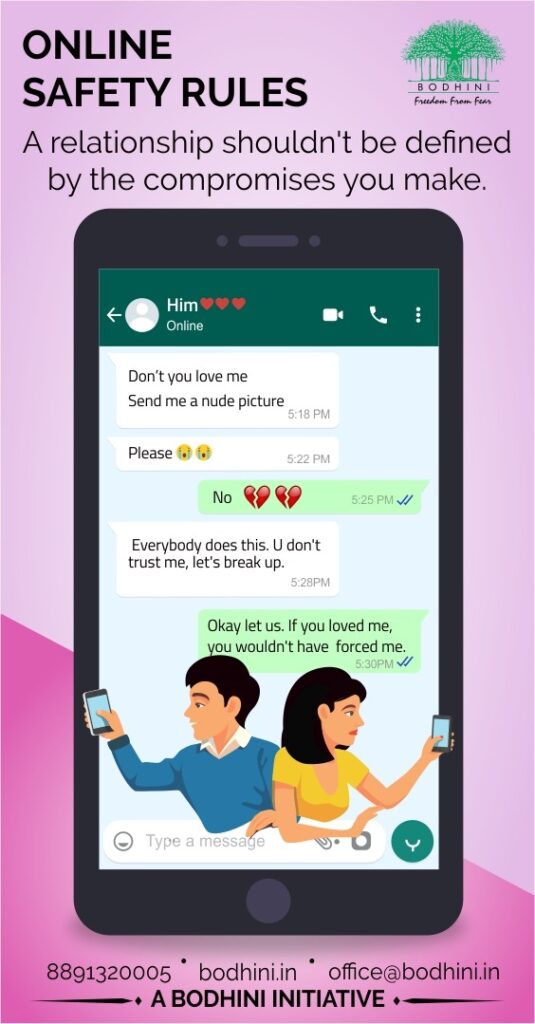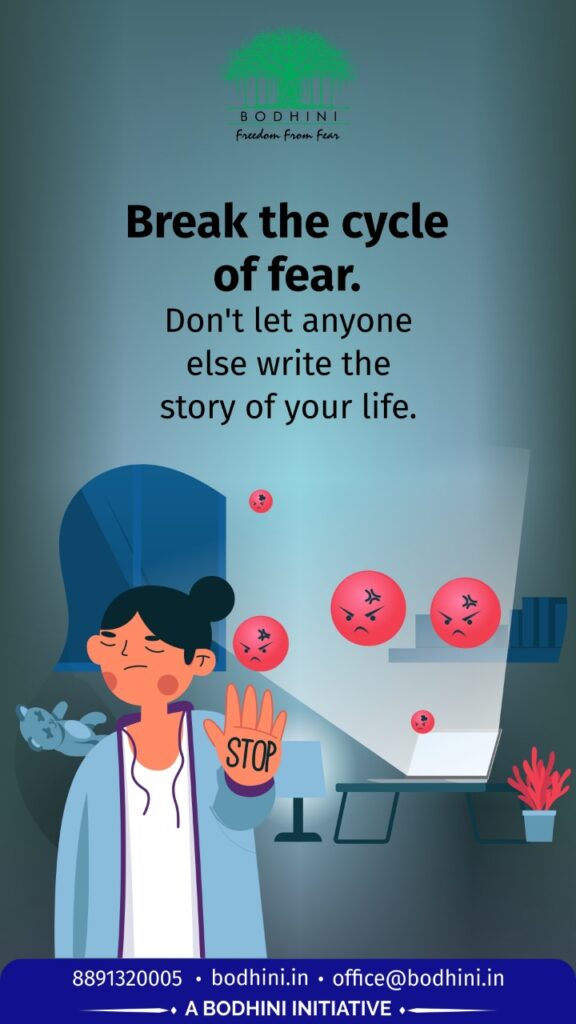Online relationships can be great but in any relationship, whether online or offline, do not feel obliged to do anything that you are not comfortable with. If any person asks or forces you to do something that puts you in a difficult position, such relationships are not good no matter how great they may seem at times.
Sex trafficking is becoming inextricably linked to digital platforms, with traffickers increasingly depending on these platforms to establish contact with, to groom, and to manipulate victims. Online messaging, texting, and public platforms have made it easier for traffickers to establish contact with their targets. Grooming strategies, almost always, include identifying the vulnerabilities of their potential targets, which they can manipulate at a later point in time. The growth of digital spaces like social media platforms have made this step easier for perpetrators because of the loud, public lives people, often, maintain online. Online spaces have been observed to facilitate sex trafficking in several ways, from making it easier to spread fake job notifications that intend to trap unsuspecting targets to striking up romantic relationships with targets. This article delves deeper into this second type of trafficker, commonly referred to as ‘romeo pimp’ or ‘lover boy’.
As the terms suggest, these traffickers devote time to establishing a romantic relationship with potential victims in efforts to glean the latter’s vulnerabilities, which they later manipulate. The romeo pimp tactic was one that, in the pre-internet era, used to be executed over a long period of time since it involved meeting with potential victims face-to-face, gaining their trust, and building a relationship with them. With the availability of the internet, however, the process has sped up. For one, it is now easier for predators to identify vulnerable persons to manipulate, like youngsters who are depressed. Consequently, persons sharing their personal problems, especially family problems, or their mental health status online have been studied to be targeted more by romeo pimps, probably because they succumb to the pimp’s care and attention faster than other persons would.
Several studies find that once a romantic relationship is established between the trafficker and their potential victim, the latter is groomed using expensive gifts and promises of marriage. The traffickers effectively trap their victims in a vicious cycle of trust, which the latter does not identify as dangerous until too late. In many cases, once well into the relationship, the romeo pimp informs their targets of some urgent need for money, which they suggest could be resolved if the latter could engage in a sexual activity for money as a one-time deal. Often, the victims, who are trapped by now, acquiesce to this request believing it to be the only way to save the person they love. However, this soon turns into a cycle of abuse. In India, for instance, the National Crime Records Bureau statistics show that girls from abusive or socio-economically poor backgrounds are disproportionately targeted by romeo pimps, whose offers of marriage seem to the girls like a way out of their current situations. Once they are lured away from their homes under such false pretexts, these girls are taken to metropolitan cities, where they are sold to prostitution rings.
A research study by THORN finds that of all persons who entered the trafficked life in 2015, 55% of them had met their traffickers online only. Findings also suggest that younger victims are likelier to have met romeo pimps online, compared to older victims who are more probable to meet them in person. Moreover, many young victims admit to trusting their traffickers within 1 month of knowing them. Scholars find that in most cases involving youngsters, the technology that put them in the way of harm has not been harnessed to rescue them. Troublingly, youngsters are also more reluctant to ask for help once they realize the trap, which makes them a “hard-to-reach subset” of victims. Research finds that victims are, often, strongly controlled by romeo pimps through the trauma bond that develops between them. Nevertheless, predators also employ methods such as creating a drug dependency in the victim and threatening the victim that their loved ones will be hurt if they do not cooperate to guarantee their compliance.
Sex trafficking is now accepted as an evil practice that will morph and adapt to use the cyber tools available to enable its growth. Steps must be taken at state, national, and international levels to increase awareness of sex trafficking and to inform its victims of available help. Moreover, responsible persons in a victim’s life must be able to recognize symptoms of their being trapped in a relationship with a romeo pimp, so that they may be helped promptly. Ways to identify youngsters caught in relationships with romeo pimps include excessive chatting online, sudden possession of valuable items, change in behavior, especially withdrawal from friends and family, and facing identity crises. While this is, by no means, an exhaustive list, putting in the effort to educate oneself of such seemingly small cues is definitely a vital first step towards countering sex trafficking.
References
Barnett, Jessica, ““Loverboy” and “Romeo Pimp”,” Greenlight Operation, 2020. Accessed January 10, 2022. https://www.greenlightoperation.org/blog/2020-2-10-loverboy-and-romeo-pimp/.
Government of Netherlands. Human Trafficking and People Smuggling. Accessed January 10, 2022. https://www.government.nl/topics/human-trafficking.
Grubb, Jonathan A. “The Rise of Sex Trafficking Online.” In The Palgrave Handbook of International Cybercrime and Cyberdeviance, edited by Thomas J. Holt and Adam M. Bossler, 1151-75. Cham: Springer International Publishing, 2020.
Hickle, Kristine. “Victims of Sex Trafficking and Online Sexual Exploitation.” In Cybercrime and Its Victims: Routledge, 2017.
“Master Manipulators”. Reclaiming Hope. Accessed January 12, 2022. https://reclaiming-hope.org/master-manipulators/.
Niumai, Ajailiu. “Current Trends in Human Trafficking, Modus Operandi, and Law in India.” In Gender, Law and Social Transformation in India, edited by Ajailiu Niumai and Abha Chauhan, 37-54. Singapore: Springer Nature Singapore, 2022.
THORN. Survivor Insights: The Role of Technology in Domestic Minor Trafficking. 2018. Accessed January 07, 2022. https://www.thorn.org/wp-content/uploads/2018/01/Thorn_Survivor_Insights_DMST_Executive_Summary.pdf.
Article by: Nasreen Basheer, Intern (Batch 2022)



